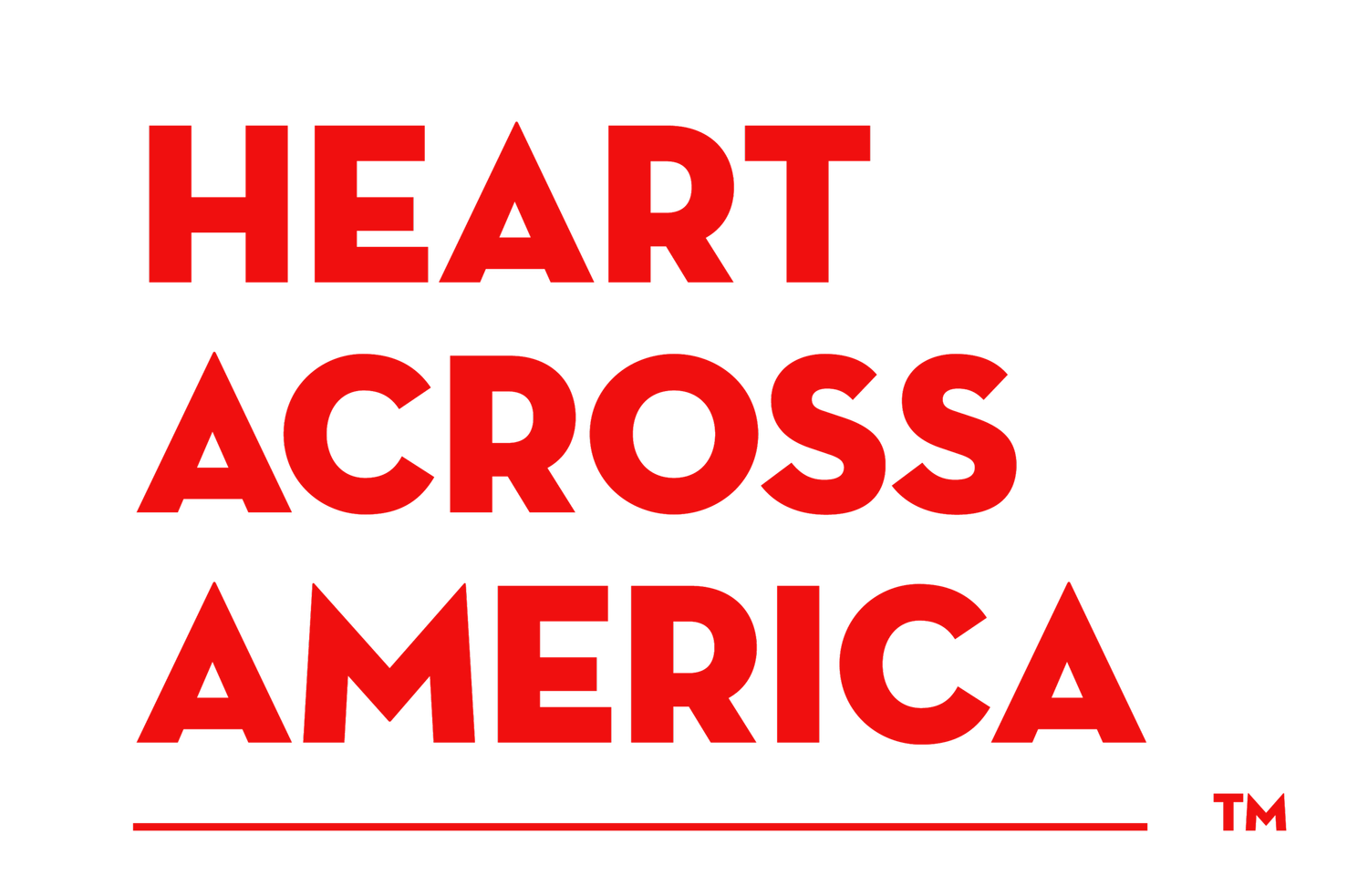OK, as you read that title, do you anticipate learning some top secret, spy worthy tidbits from behind the scene at Heart Across America? Well, while we don’t have “Q” (ala “James Bond” fame) or secret lairs or lasers, we do have insights and updates from Dr. Maarten Lansberg from the Stroke Collaborative Action Network (SCAN) - a cross disciplinary group out of Stanford University looking to find new and better ways to detect strokes and to heal better and more rapidly.
Tell us about your work with Sean and family; leading him through his recovery
As you know, Sean is an extraordinary individual; blessed with drive and determination, an incredible family and circle of support; and with very clear goals to motivate his recovery.
Because Sean was so motivated and well supported, he had great success with very specific therapies in recovering his speech and motor skills on the right side of his body. The melodic intonation therapy was very successful for his speech recovery, and it is my observation that his early attention to aerobic exercise (rowing) along with traditional physical therapy, was instrumental in his physical recovery.
Share with us recent research in stroke prevention and treatment
Well, there has been a lot of discussion recently about the results of the AVERT study (A very early rehabilitation trial) where they looked at the effect of starting rehabilitation as soon as possible after the stroke. Common sense would tell you that it could be useful in reducing complications and lead to better outcomes, but after the evidence was compiled it showed that the hypothesis did not hold up.
Tell us about SCAN
There is so much that we don’t know about how stroke recovery is best achieved. To move forward as effectively as possible, we’ve created the Stroke Collaborative Action Network where we bring together colleagues from 14 different disciplines from across Stanford. The network will strive to support the individual genius of its investigators and together create solutions that could not be achieved separately.
Current studies span a wide spectrum of stroke research including: haptic devices, brain-machine interfaces, novel MRI techniques, brain stimulation to rewire circuits, mechanisms of post-stroke seizures and synaptogenesis, neuroinflammatory consequences of stroke, blood-brain-barrier manipulation, acute stroke therapies, pediatric stroke, and many others.
Similar to other targeted initiatives (the most famous being the space program) we expect that along the way our efforts will not only generate practical solutions for stroke survivors but also uncover basic truths about the brain and generate new engineering solutions with applications to other neuroscience problems.
How can stroke survivors and their families take part in this?
All of our activities and information are available at our website, and for those who want to take part personally, we invite participation from both stroke survivors and healthy adults.
I would also hope that people affected by strokes would be following and supporting the Heart Across America campaign. Each individual donation, ride and sharing makes a difference in the fight against strokes and heart attack.

